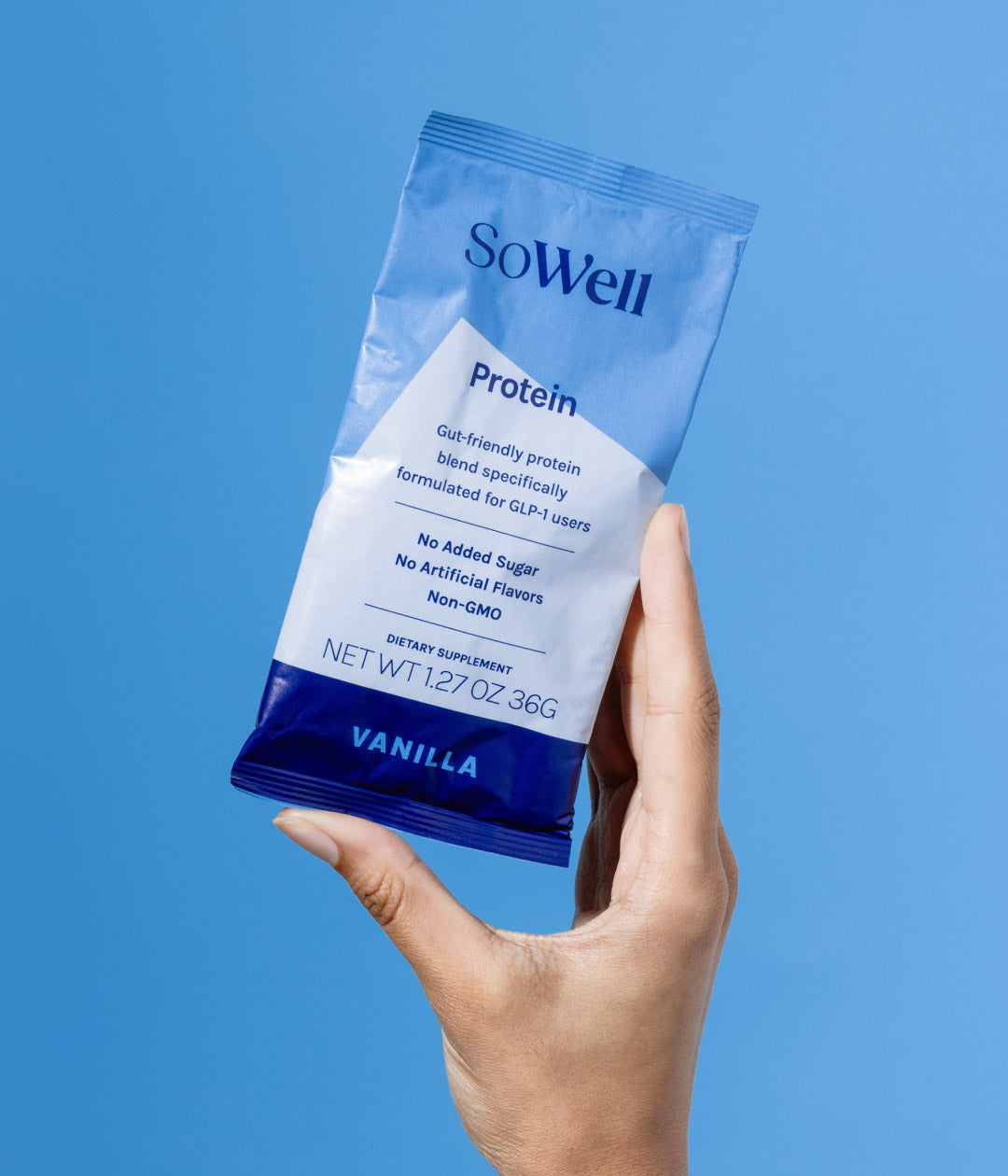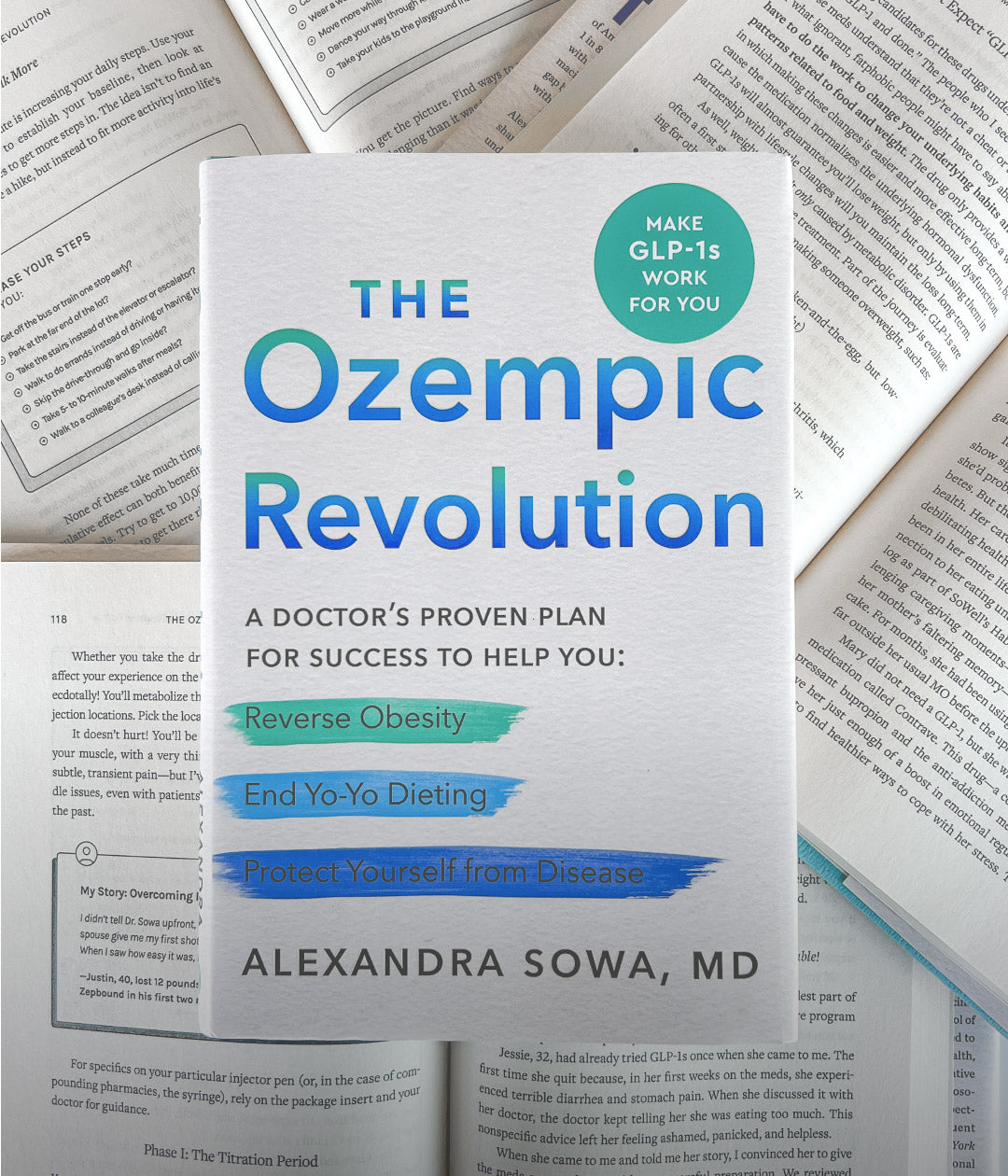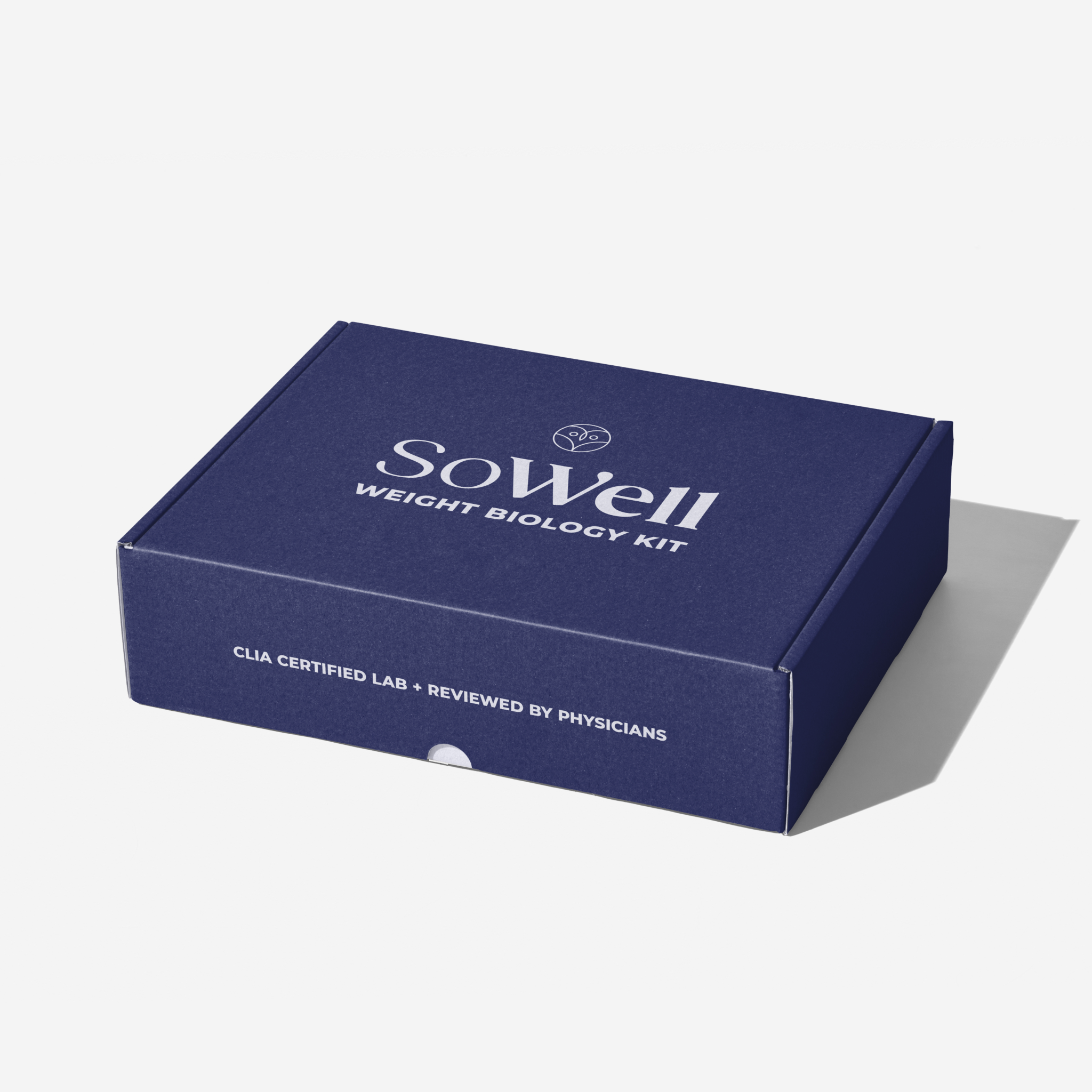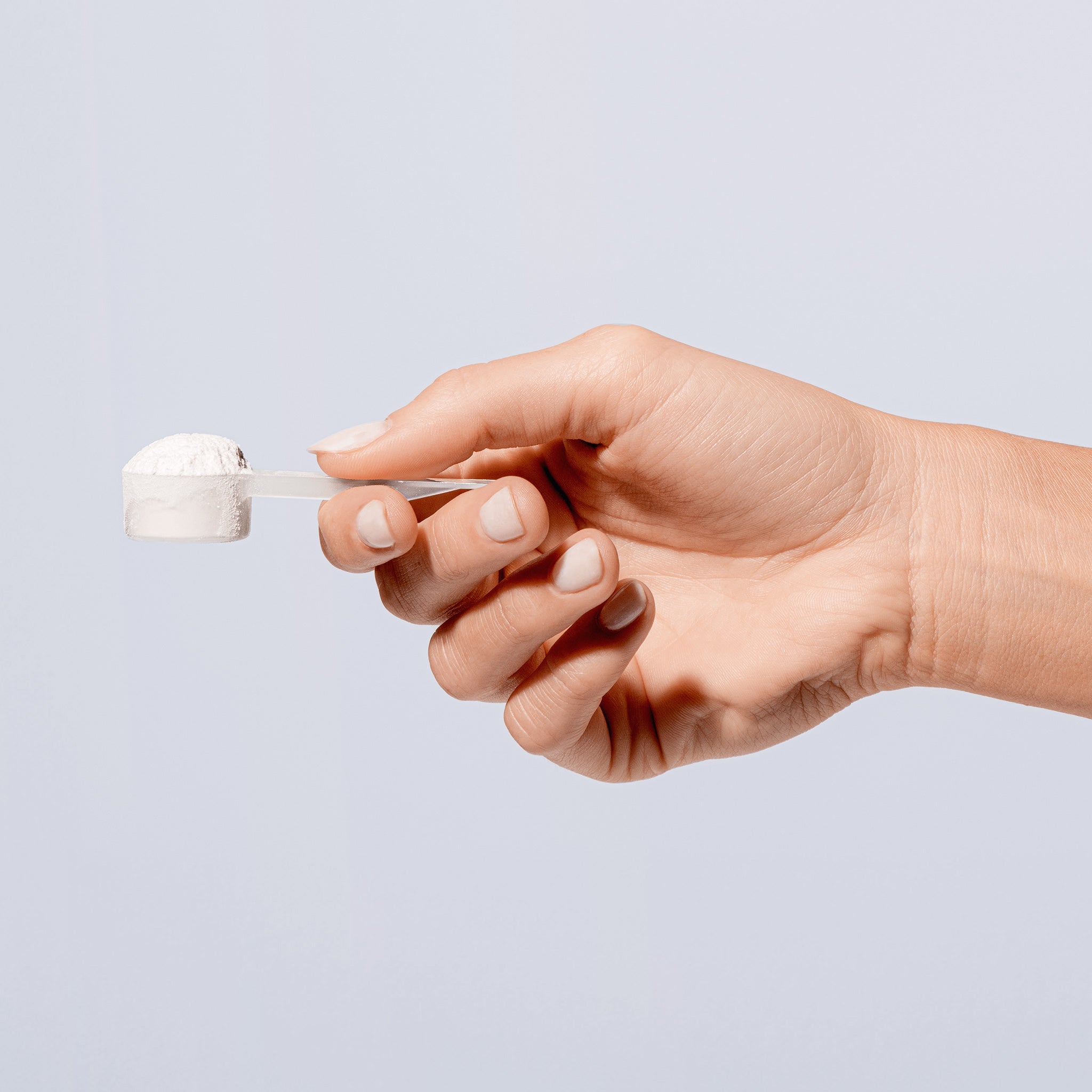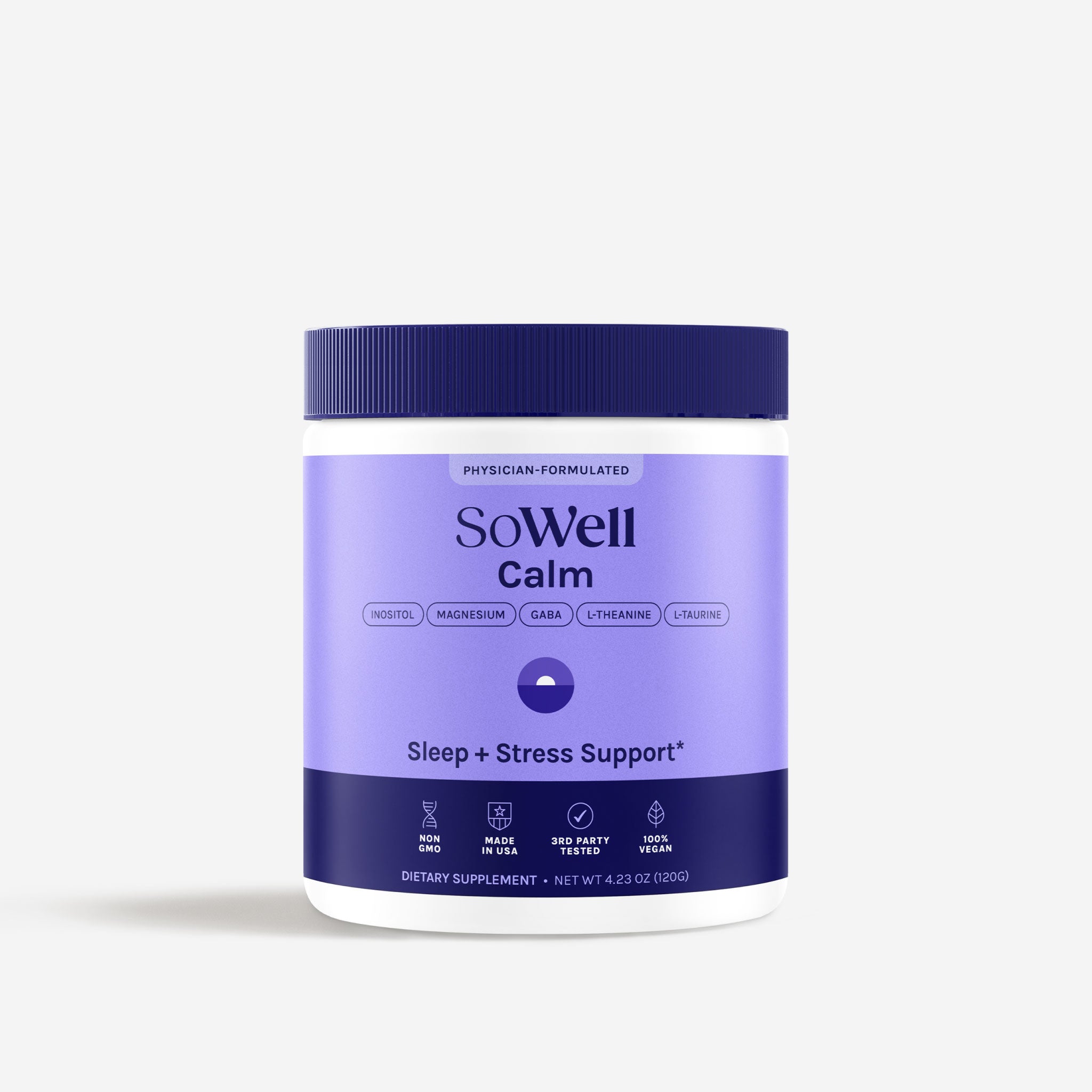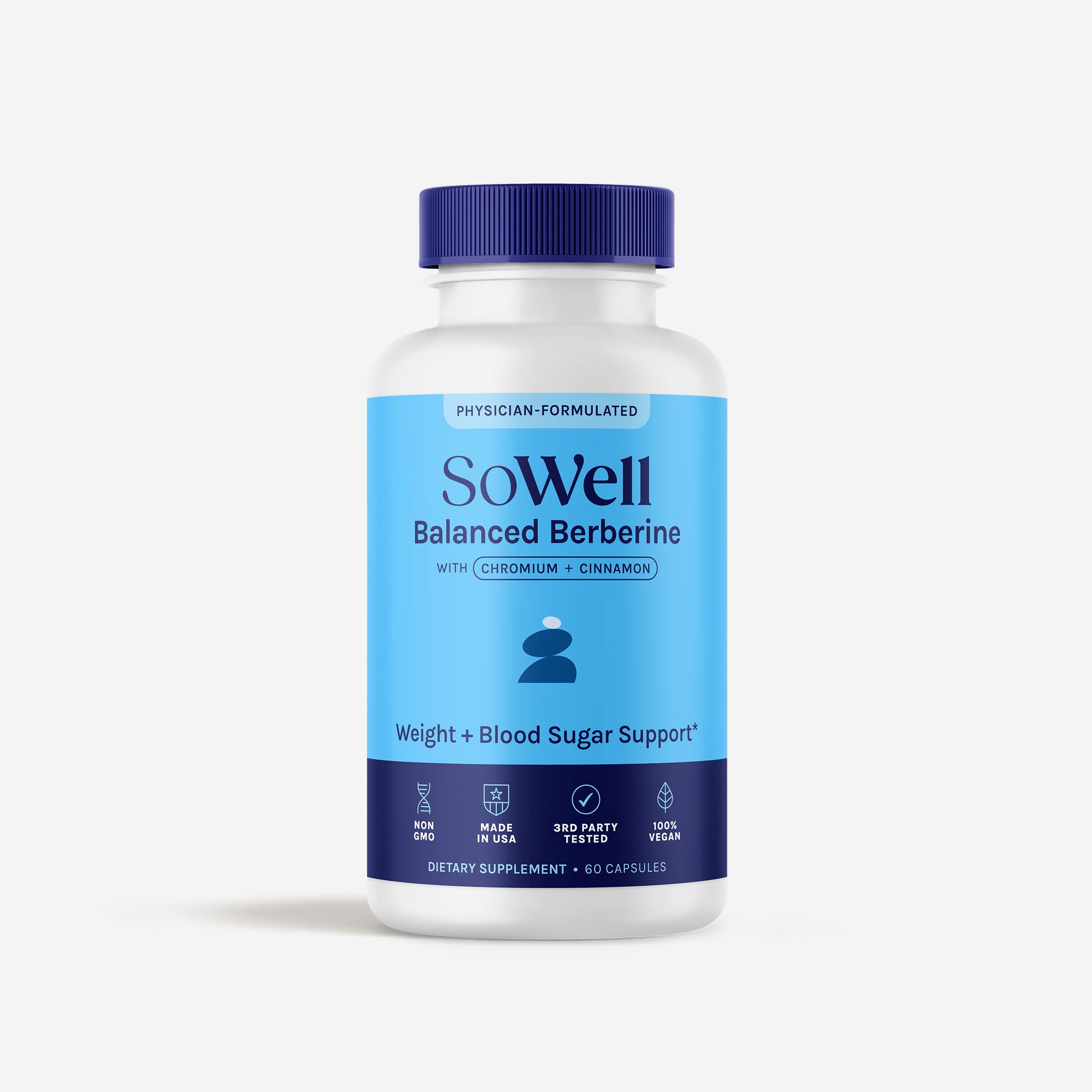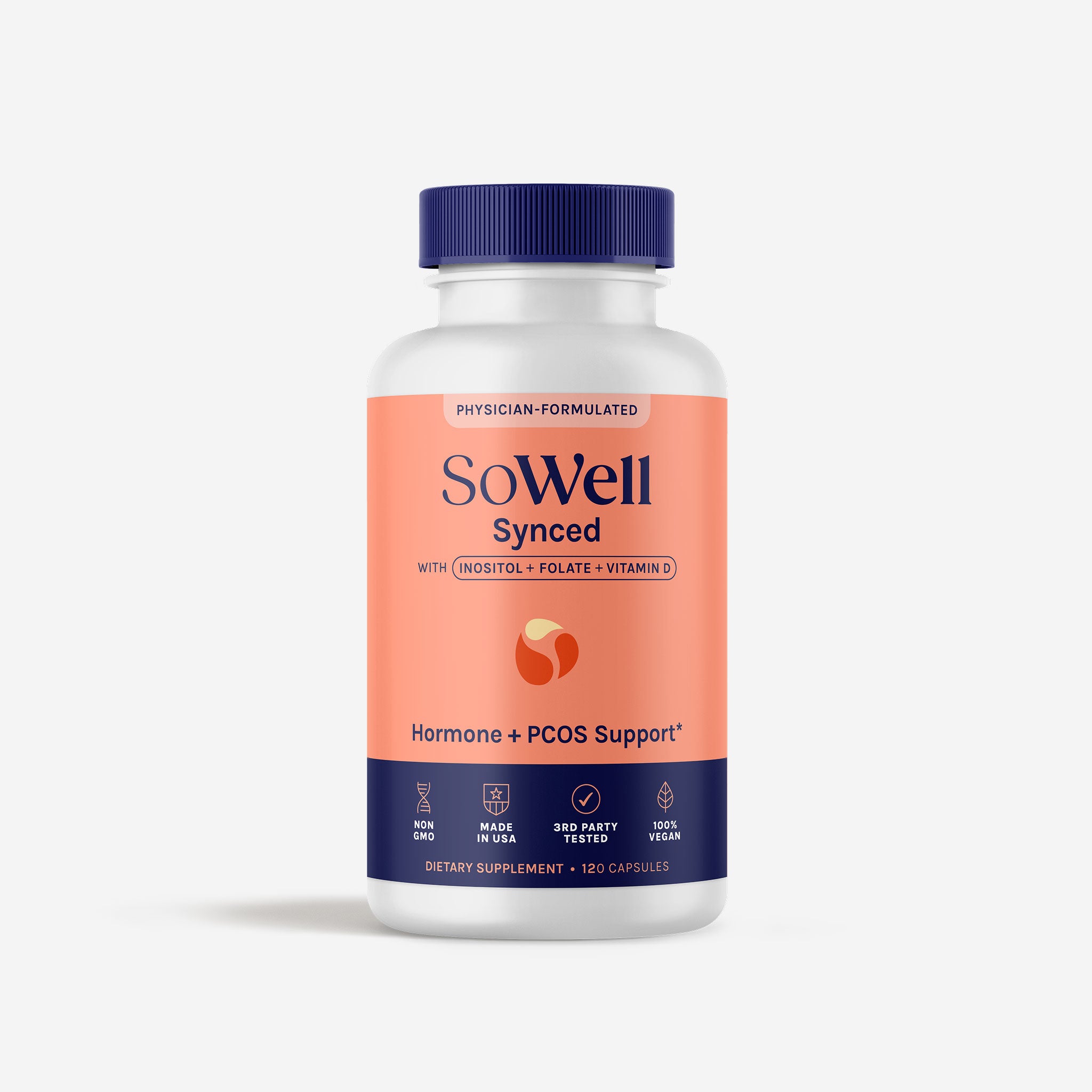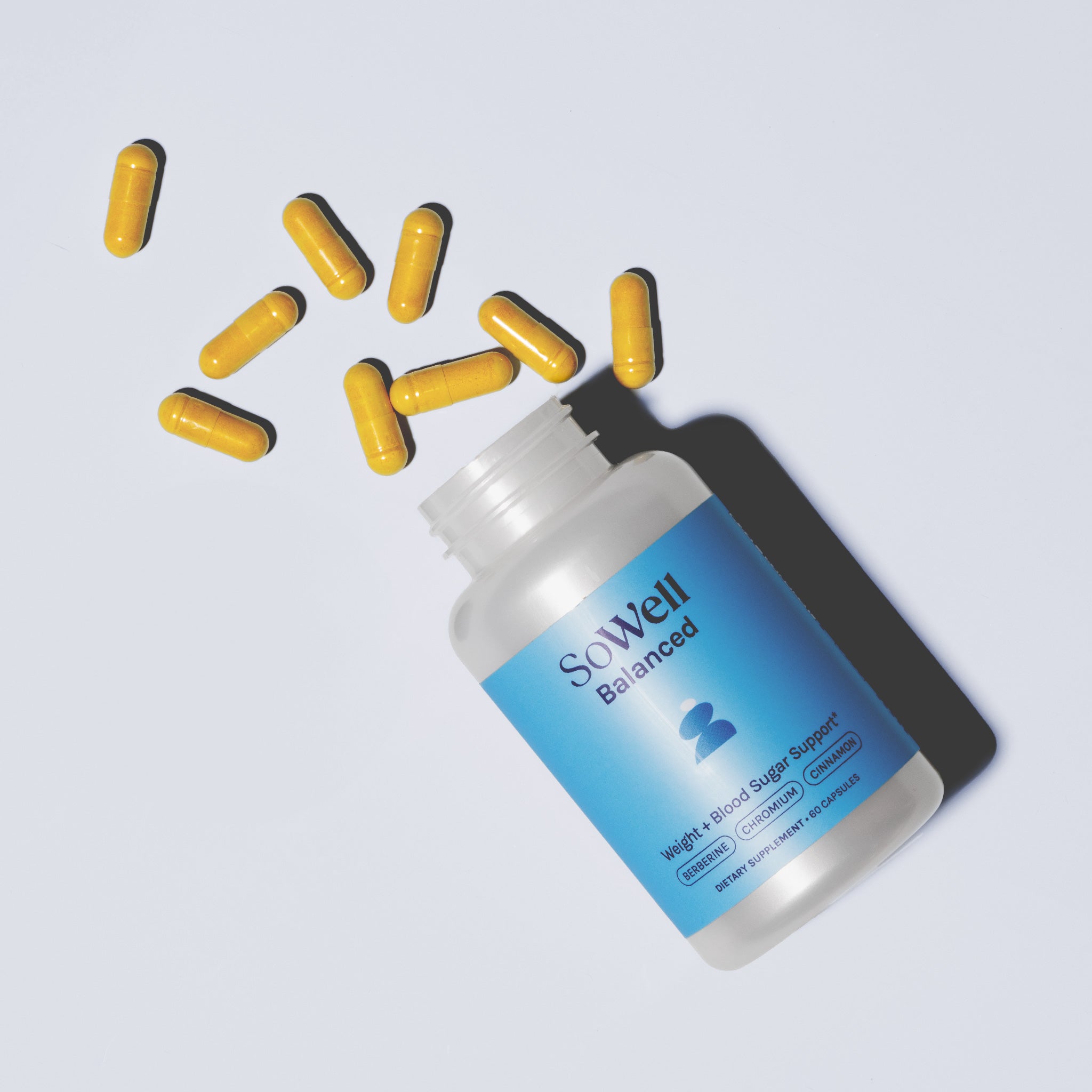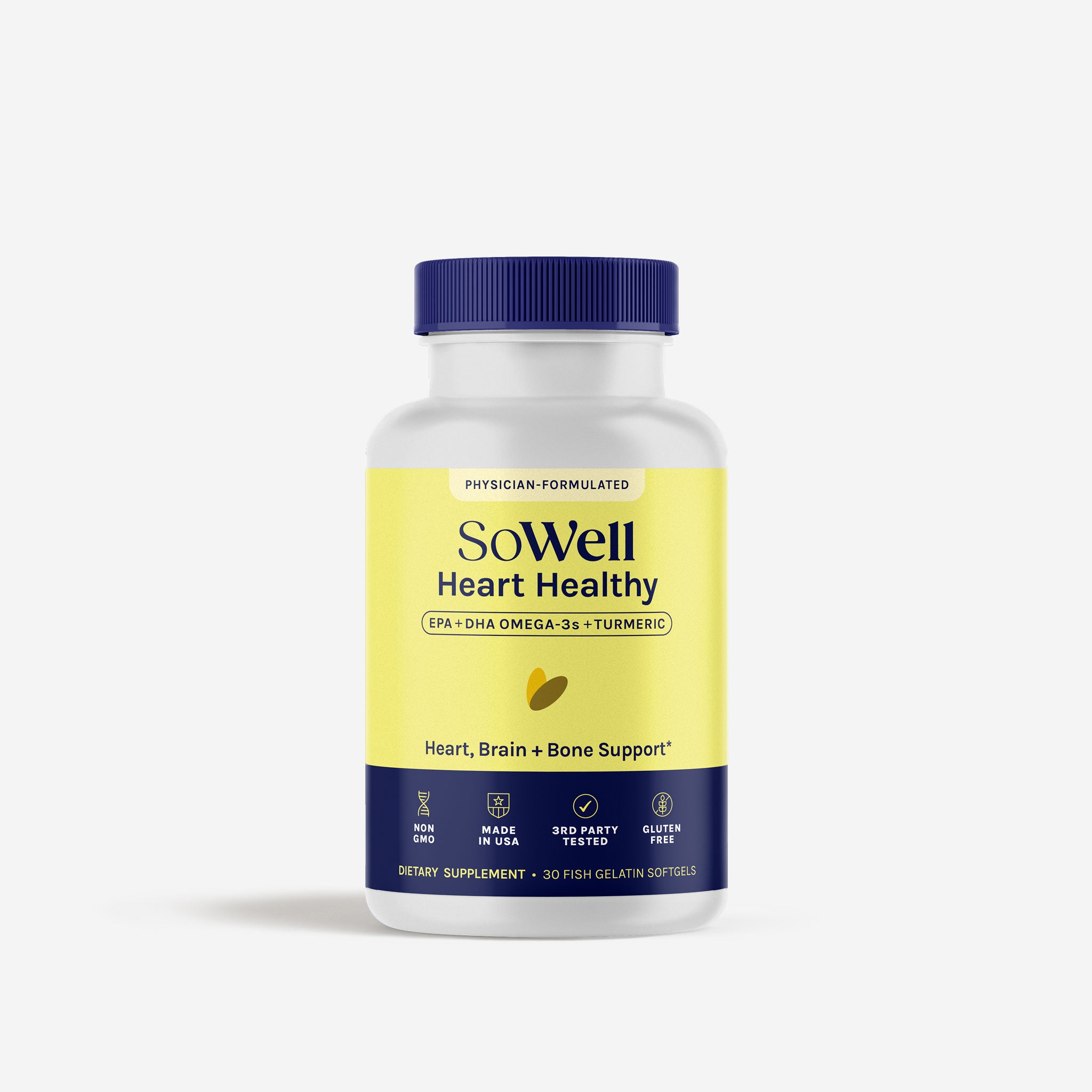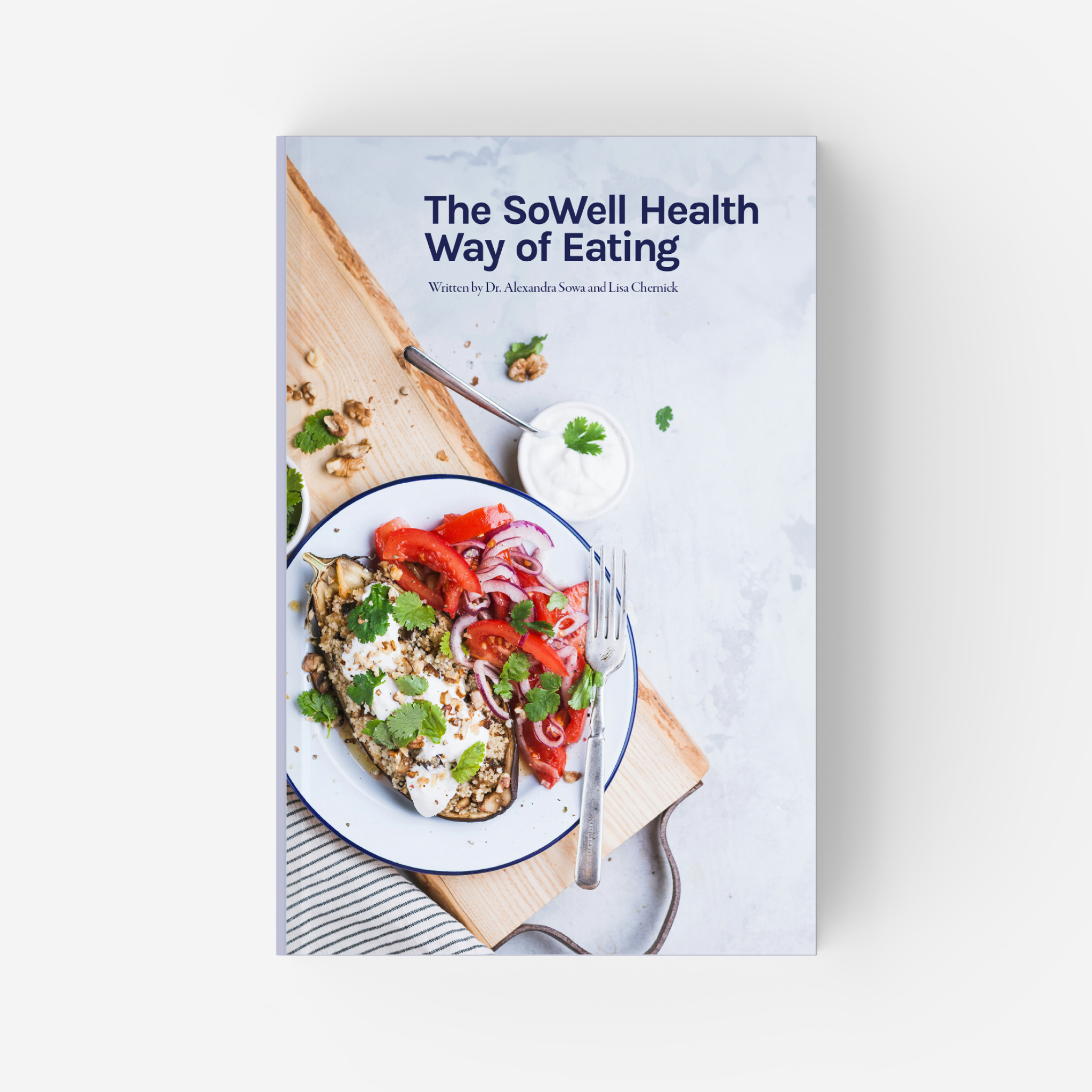
“But, doc, I don’t eat eggs, shrimp and anything with cholesterol in it! How can my numbers be bad?” That is generally the flabbergasted reaction I get from patients who are disappointed that their cholesterol markers aren’t optimal, even after giving up dietary cholesterol and fat. Their befuddlement is only made worse when I tell them not to be disappointed, because I wouldn’t have expected any improvement, as giving up these foods generally doesn’t alter serum (a.k.a. blood) cholesterol. “So what can I do?”
As a physician who specializes in obesity and metabolic medicine, I look at the complex relationship that diet, fitness, lifestyle and genetics have on health and wellness. I use labs, including serum cholesterol markers and HA1c (a measure of average blood sugar levels), in addition to a thorough history and physical exam, to help define a person’s metabolic profile. And over the years, I’ve found that that interpretation and management of cholesterol is one of the most confusing areas of medicine – from the perspective of patients and physicians.
Much of the confusion about dietary cholesterol stems from a sixty year old theory called the diet-heart hypothesis, which links high intake of dietary saturated fats and cholesterol to elevated serum cholesterol and the development of heart disease. And while this theory was adopted by the government, food manufacturers, and the American public, it was wrong!
Over the past thirty years, high quality evidence has repudiated the diet-heart hypothesis, but only recently, in January 2016, did the USDA finally remove its daily restrictions on dietary cholesterol in the 2015-2020 edition of Dietary Guidelines for Americans. It is frequently stated that it takes an average of 17 years for research evidence to reach clinical practice, and in the case of dietary cholesterol, it has taken even longer.
To help you better understand cholesterol (and why we still need to care about it!), I’m going to debunk the top three cholesterol myths I encounter in my practice:
1. Cholesterol is bad.
2. Eating cholesterol will raise your cholesterol.
3. A traditional lipid panel will tell you everything you need to know.
Myth #1: Cholesterol is bad. This couldn’t be farther from the truth. Not only is cholesterol not bad, your body actually needs cholesterol to survive. It is a vital component of cell membranes and is integral to the synthesis of Vitamin D, steroid formation and brain and immune health. Breast milk, arguably the purest and most important form of human food, is rich with cholesterol. In fact, cholesterol is so essential to human life that the body actually makes most of its own cholesterol.
This brings us to Myth #2: Eating cholesterol will raise your cholesterol. As noted above, the original research linking dietary cholesterol, serum cholesterol and the development of heart disease has been overturned over the past half century. Eggs, cheese, shellfish and meat proteins are finally allowed back on the American dinner table.
But if dietary cholesterol isn’t an important influencer of serum cholesterol, and serum cholesterol is actually vital for human life, does that mean we no longer need to pay attention to serum cholesterol markers? Not at all. While cholesterol is essential for life, imbalances in cholesterol sub-particles in your blood can increase your risk of heart disease.
If not cholesterol, what foods should be avoided for heart health? In short, sugar. Refined and processed carbohydrates, not fats and cholesterol, raise the small, dense LDL cholesterol that is linked to plaque formation and the development of heart disease. The worst offenders are fructose and high-fructose corn syrup. I often put my patients on low-carbohydrate diets (which includes many foods high in cholesterol and fat) to correct metabolic imbalances. Research has shown that low-carbohydrate diets reduce levels of plaque-forming LDL (low-density lipoprotein) particles and increase the cardio-protective HDL (high-density lipoprotein) particles.
Discussing HDL and LDL, which have traditionally been called the “bad” and “good,” respectively, brings me to Myth #3: A traditional lipid panel will tell you everything you need to know.
A standard lipid panel includes four components: total cholesterol, HDL cholesterol, LDL cholesterol and triglycerides. While the traditional test is appropriate as a screening tool for the general population, people who are at increased risk of heart disease (family history, diabetes, hypertension, obesity) may benefit from advanced lipid testing.
Unfortunately, a significant percentage of patients with coronary artery disease have traditional LDL in the optimal range. The reason is this: LDL is actually a calculated number and may be underestimated if triglycerides or glucose levels are high or in patients with insulin resistance, diabetes or obesity (the very same people who are at increased risk for heart disease).
Newer cholesterol markers, like Apolipoprotein B (Apo-B) and LDL particle number (LDL-p), may give a more complete and accurate picture of cardiac risk.
While the topic of cholesterol may be complex, it shouldn’t be confusing. By understanding the three most common cholesterol myths, you are now ready to optimize your cardiac health!
